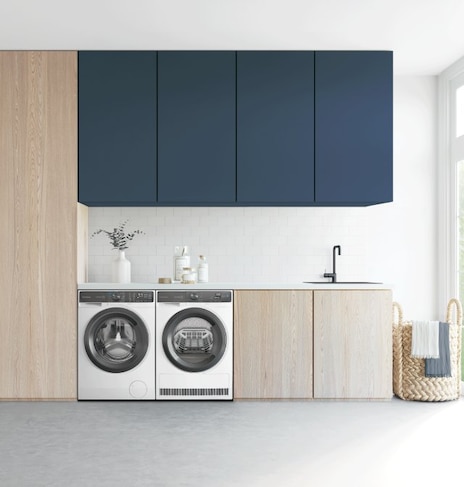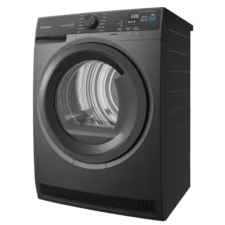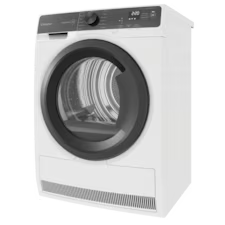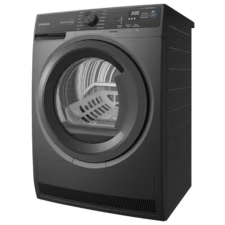1. Types Of Dryers
2. Space
3. Size
Your household’s size and laundry requirements will dictate the size of the perfect Westinghouse dryer. With capacity ranging from 4.5kg all the way up to 8kg, there is something to suit every home. We’ve created a table below to help you decide what’s right for you.
|
Household size |
Dryer capacity (kg) |
|
1-2 people |
4.5kg |
|
2-3 people |
5.5kg |
|
3-4 people |
6.5kg |
|
4-5 people + |
8kg |


4. Energy Efficiency
All Westinghouse dryers include a range of features allowing you to control the amount of energy consumed in a cycle, including eco settings, dryness variability and adjustable times for different drying needs. In addition, there are several ways in which you can improve the energy efficiency of your dryer, such as remembering to empty the lint filter after every use, and ensuring the water extraction container is emptied before use.


5. Speed
Larger drums also move hot air around in a more efficient way, and this decreases drying time. Tip: if you have some items you need dried in a hurry, try reducing the amount of clothing in that load to ensure the most efficient outcome.

6. Dryer Programs
DELICATES
For those extra special items that normally require a little extra care, the delicate cycle on our dryers is perfect to refresh your garments without causing any harm.
ECO COTTON
For maximum energy efficiency, select the Eco Cotton cycle and set the dryness level to 'cotton cupboard'. This will not only save you energy but also dry your cottons effectively.
7. Care Considerations
CLEANING THE LINT TRAP
As well as removing lint buildup from the lint tray after every use, it’s a good idea to properly clean the filter every few months. For a tutorial on how to properly clean it, this video is useful.
EMPTYING AND CLEANING WATER EXTRACTION CONTAINER
Condenser and heat pump dryers extract the moisture from hot air and deposit it into a container that fits into the body of the dryer. When this becomes too full, the dryer will no longer function as it should, which means you must empty it after each use. In order to prevent pooling water, ensure it is fully empty every time, by making sure all water has drained out of it.
CLEANING THE HEAT EXCHANGER
Every ten dryer loads, it’s important to give the heat exchanger and filter system of your heat pump dryer a good clean, as the residue from clothing, lint and fabric softener can clog it up, reducing air-flow and drying efficiency. This can be done by removing all the filters, including the lint trap, and using the soft brush attachment on your vacuum cleaner to extract all the dust and clothing residue. You can then go back over it with a damp microfibre cloth.









